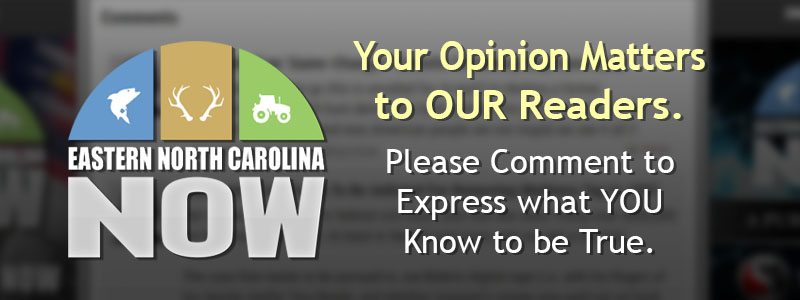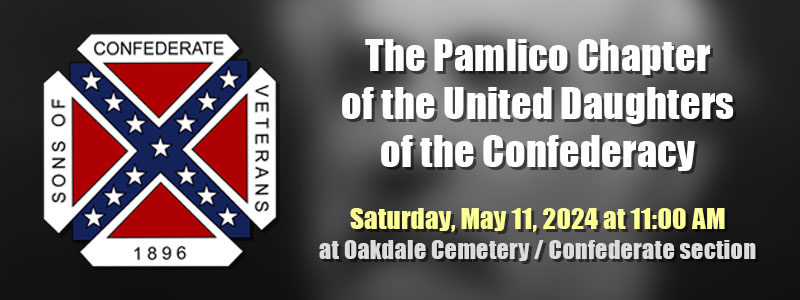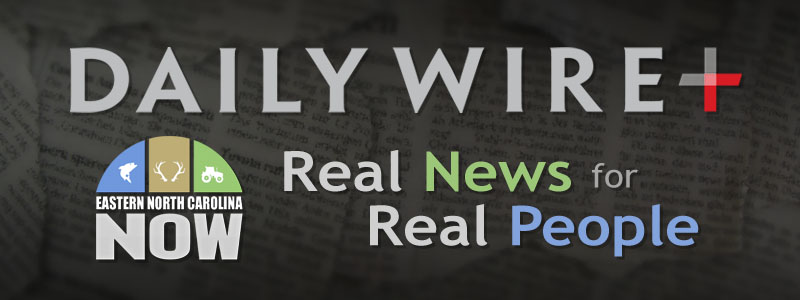Boldly Committed to Truth Telling in the False Face of Fakery
Another Round of the Numbers Game
Publisher's note: This article appeared on John Hood's daily column in the Carolina Journal, which, because of Author / Publisher Hood, is linked to the John Locke Foundation.
 RALEIGH Several of my recent columns have addressed the statistical basis of political disputes over education funding, the state budget, and declines in North Carolina's unemployment rate. Researching these articles prompted me to recall other occasions in which I used a number or set of numbers to describe a key issue in North Carolina public policy.
RALEIGH Several of my recent columns have addressed the statistical basis of political disputes over education funding, the state budget, and declines in North Carolina's unemployment rate. Researching these articles prompted me to recall other occasions in which I used a number or set of numbers to describe a key issue in North Carolina public policy.
Here are a few statistical rules of thumb to keep in mind:
The vast majority of the cost of the nation's primary transportation system, the automotive sector, consists of private spending on cars, trucks, fuel, service, and insurance, not the construction and maintenance of public highways and streets. The same is true for air travel (via privately owned and operated airlines), sea travel (via privately owned and operated vessels), and rail freight (via privately owned and operated trains and track). Only passenger rail and urban transit are dominated by government expenditures and enterprises.
This doesn't mean that government spending is inherently harmful. Obviously, modern economies require the provision of high-quality public services in order to prosper. But taxpayers already pay plenty. The real problem is a poor average rate of return on government programs, not inadequate funding for government as a whole.
On the other hand, higher state expenditures on public assistance (such as Medicaid and unemployment insurance) are associated with subsequent economic growth in only 3 percent of academic studies. While providing a social-safety net may be justified on other grounds, it does not produce net economic benefits, at least not at current high levels of spending.
Again, this isn't an argument for ignoring public schools in favor of private schools. The school-choice literature shows significant benefits to students remaining in district-run public schools when there are more choices available, due both to competitive effects and to better matching of student needs to school environments.
These are among the core insights that inspire conservative reformers in North Carolina and elsewhere. You are free to disagree with them, naturally. But remember that they are based on scholarly research and statistical analysis. If you have alternative insights to share, please do us the courtesy of citing your own research and analysis. Hurling insults, hatching conspiracy theories, and screaming at the top of your lungs may feel good or confer therapeutic benefits. That does not make them substantive arguments deserving of response.
Go Back

John Hood
Here are a few statistical rules of thumb to keep in mind:
- The 80/20 rule in transportation. Contrary to what you may have heard, the transportation sector is overwhelmingly private. Household spending on vehicles, fuel, and transportation services makes up about 80 percent of America's transportation sector. Government expenditures on roads, airports, transit systems, and the like make up nearly all of the rest. Even within the category of government transportation expenditures, most are financed by customer charges or indirect user fees (such as gas taxes), not by general tax revenues.
The vast majority of the cost of the nation's primary transportation system, the automotive sector, consists of private spending on cars, trucks, fuel, service, and insurance, not the construction and maintenance of public highways and streets. The same is true for air travel (via privately owned and operated airlines), sea travel (via privately owned and operated vessels), and rail freight (via privately owned and operated trains and track). Only passenger rail and urban transit are dominated by government expenditures and enterprises.
- The 63/15 rule in state budgeting. According to 25 years of peer-reviewed research on what drives state economic growth, most states already spend and tax more than they should. While 63 percent of studies of state and local tax burdens show them to be negatively associated with job creation, income growth, or some other measure of economic performance, only 15 percent of studies show that state and local spending is positively associated with economic performance.
This doesn't mean that government spending is inherently harmful. Obviously, modern economies require the provision of high-quality public services in order to prosper. But taxpayers already pay plenty. The real problem is a poor average rate of return on government programs, not inadequate funding for government as a whole.
- The 58/3 rule in economic-growth policy. If state policymakers want to spend tax dollars to create more jobs and a stronger economy over time, their single-best expenditure will be on government's first priority, public safety — police, fire, corrections, and the courts. When scholars examine the relationship between public-safety spending and economic growth, they find a positive one 58 percent of the time.
On the other hand, higher state expenditures on public assistance (such as Medicaid and unemployment insurance) are associated with subsequent economic growth in only 3 percent of academic studies. While providing a social-safety net may be justified on other grounds, it does not produce net economic benefits, at least not at current high levels of spending.
- The 66/32 rule in education policy. According to 25 years of peer-reviewed research on what education policies are consistently linked to higher performance, about two-thirds of studies find school choice and competition to be associated with higher test scores, graduation rates, or other measures of student success. Only 32 percent of studies find that higher state spending on education is associated with better outcomes.
Again, this isn't an argument for ignoring public schools in favor of private schools. The school-choice literature shows significant benefits to students remaining in district-run public schools when there are more choices available, due both to competitive effects and to better matching of student needs to school environments.
These are among the core insights that inspire conservative reformers in North Carolina and elsewhere. You are free to disagree with them, naturally. But remember that they are based on scholarly research and statistical analysis. If you have alternative insights to share, please do us the courtesy of citing your own research and analysis. Hurling insults, hatching conspiracy theories, and screaming at the top of your lungs may feel good or confer therapeutic benefits. That does not make them substantive arguments deserving of response.
| Friday Interview: N.C. Tax Reforms To Benefit Every Income Group | Carolina Journal, Editorials, Op-Ed & Politics | The Fifth Circuit's Affirmative Action Fumble |
Latest Op-Ed & Politics
|
Biden wants to push this in public schools and Gov. deSantis says NO
Published: Thursday, April 25th, 2024 @ 9:19 pm
By: John Steed
|
|
eve 45% of Latinos support mass deportation
Published: Thursday, April 25th, 2024 @ 12:40 pm
By: John Steed
|
|
this at the time that pro-Hamas radicals are rioting around the country
Published: Thursday, April 25th, 2024 @ 8:01 am
By: John Steed
|
|
Pro death roundtable
Published: Wednesday, April 24th, 2024 @ 12:39 pm
By: Countrygirl1411
|
|
populist / nationalist anti-immigration AfD most popular party among young voters, CDU second
Published: Wednesday, April 24th, 2024 @ 11:25 am
By: John Steed
|
|
political scheme behhind raid on Mar-a-Lago
Published: Wednesday, April 24th, 2024 @ 9:16 am
By: John Steed
|
|
how many of these will come to North Carolina?
Published: Tuesday, April 23rd, 2024 @ 1:32 pm
By: John Steed
|
|
Barr had previously said he would jump off a bridge before supporting Trump
Published: Tuesday, April 23rd, 2024 @ 11:37 am
By: John Steed
|
|
Babis is leader of opposition in Czech parliament
Published: Tuesday, April 23rd, 2024 @ 10:28 am
By: John Steed
|
|
illegal alien "asylum seeker" migrants are a crime wave on both sides of the Atlantic
Published: Tuesday, April 23rd, 2024 @ 9:44 am
By: John Steed
|
|
only one holdout against acquital
Published: Tuesday, April 23rd, 2024 @ 9:01 am
By: John Steed
|
|
DEI now includes criminals?
Published: Monday, April 22nd, 2024 @ 8:33 pm
By: John Steed
|
























